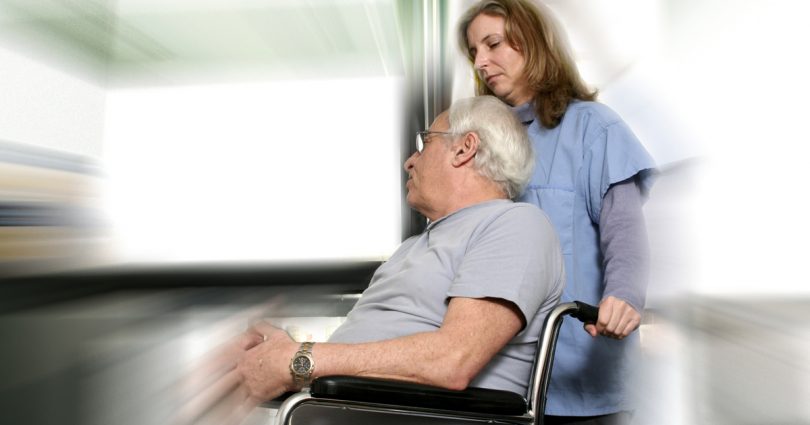In our culture of death, the safest arrangement for end-of-life care is families taking care of their own loved ones. After all, there are too many ways to get around living or loving wills and legal guardians or surrogates.
Even so, many individuals have to accept nursing home or hospice care. Thus, as a retired professional nurse of 43 years, I am compelled to give warning because a recent personal experience showed me that euthanasia is more common than you might imagine.
Euthanasia is very easy to carry out in these places because most people are unaware of the dangers, confused about medical matters and, consequently, too trusting of “healthcare” professionals.
However, as one hospice worker recently told me, “It’s the easiest thing in the world to do. Just pop a little white pill in the patient’s mouth and shortly he or she is dead.”
If you prefer that you and your loved ones die in God’s ordained time rather than in some stranger’s time, it is your grave responsibility to check out prospective homes and hospices.
First, get the prospective nursing home or hospice facility’s published philosophy and objectives. Second, study them carefully. If they pass scrutiny, make an appointment with the medical director, the administrator and the nursing care director. Take a tape recorder to your appointments and be prepared to ask lots of questions. If someone refuses to let you tape the meeting, cross that home or hospice off your list.
If you are allowed to tape the meeting, ask these questions:
- What is the average length of stay before death?
- At what point do you withhold nourishment and liquids?
- Do you assume all dying patients are in pain?
- Do you routinely use a potent drug such as morphine to control pain or when oxygen reaches a certain level or when a certain point is reached in the death agony?
- Do you believe that doctors and nurses ever have a right to shorten the death agony?
Once you get answers, compare them to the teachings of the Church on end-of-life care. The answer to question 2 should be: “When the provision of tube feeding is either rejected by the patient or causes the patient severe discomfort.” If “yes” was the answer to question 3, 4 or 5, you should be alarmed. Also, consider what my nephew, a hospice nurse, says, “Many will simply give you the answers they think you want to hear.” If you have the slightest doubt, pray and keep looking for a pro-life facility.


Facebook Comments